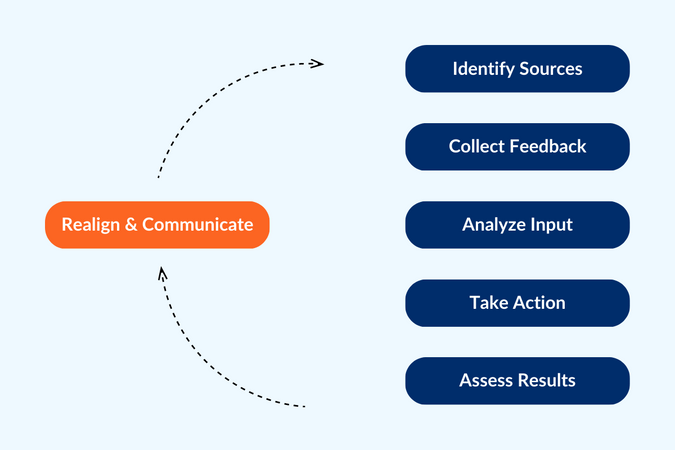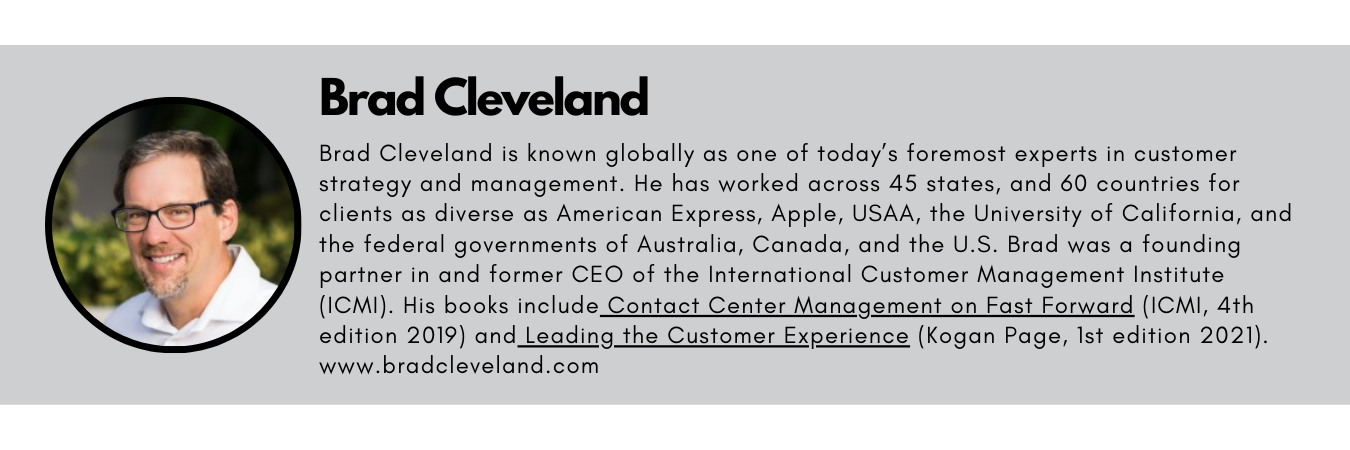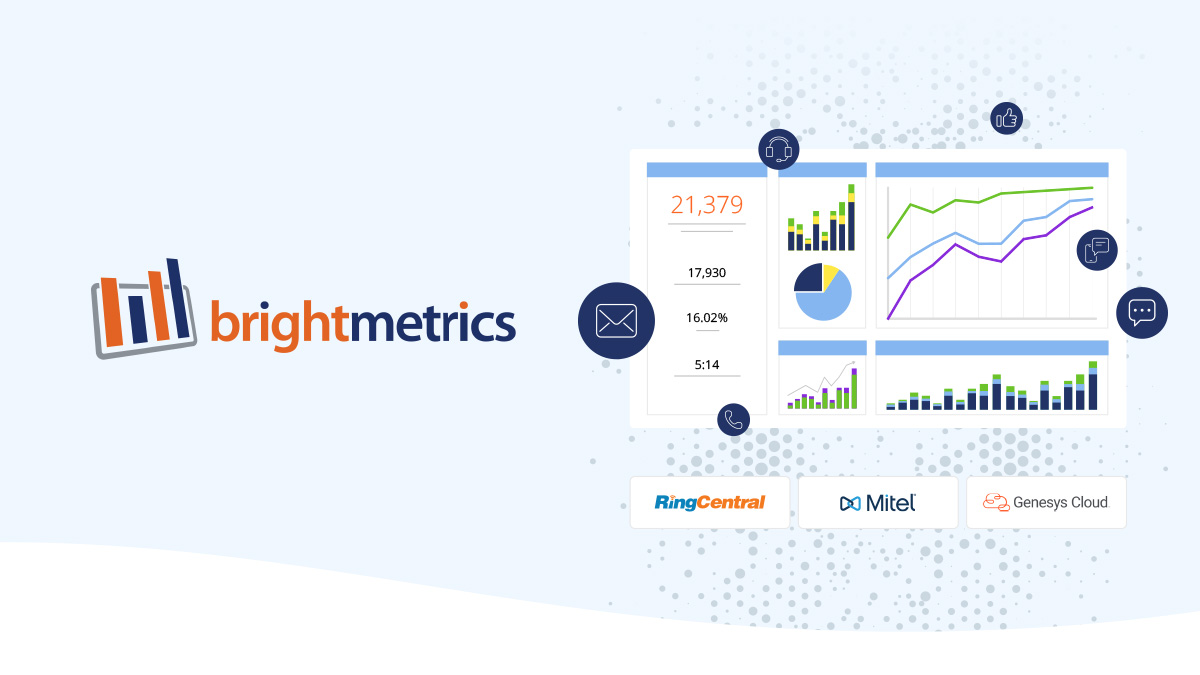A company that provides human resources (HR) services was concerned about declining customer satisfaction trends in surveys. Most disturbing to their executive team—increasingly negative publicity. I facilitated a meeting for their executives to understand what was happening.
Early in the discussion, someone asked about the influence of social media. My laptop was beaming to a screen, and I heard a collective gasp as I went to their Facebook page. A frustrated customer had repeatedly posted IN ALL CAPS about a simple password reset problem. We toggled to Twitter, Instagram, and other platforms, and the same story—dozens of customers lashing out about poor experiences. The company, seemingly oblivious, was posting breezy messages about the upcoming fun run in the park.
Over the next six months, the team rolled up their sleeves and got to work. They made system improvements that reduced password problems. They beefed up their ability to monitor and respond through social channels. Most importantly, they improved their approach to measuring customer satisfaction. The survey results they were following didn’t reflect the totality of experiences, and they cast a wider net for listening. Customer satisfaction once again began moving in the right direction.

6 Steps to An Effective Voice of the Customer Approach
Feedback from customers and employees is like oxygen. Your organization must have it to survive and thrive. Whether a print shop with three employees, a government agency with 3,000 or a multinational company with 300,000, you need a strategy—not just a survey—to measure and understand customer satisfaction and leverage what you learn into ongoing improvements.
Voice of the customer (or VoC) is the term often used to describe this process. An effective approach includes each of the steps I’ll summarize here. Candidly, far too many organizations aren’t aware of or don’t fully implement these steps and, as a result, have a misguided or incomplete understanding of their customers’ perceptions. Put each step to work, and you’ll be ahead of the pack!

1. Identify Sources
The first step is to identify sources of customer feedback. These include service interactions, surveys, focus groups, social media posts, employee feedback, customer exit insights, and operational data. I suggest doing a thorough inventory with your team to identify all possible sources. Many organizations need to cast a wider net, so this can be an opportunity to get a step ahead.
2. Collect Feedback
The next step is collection. Think about each source producing feedback that goes into a funnel, which directs it to a central repository. This could be a database, a dedicated customer feedback system, a business intelligence tool, or homegrown. It’s helpful to tag this disparate feedback with standardized labels. For example, one set of tags can identify the touchpoint––where were customers in the journey? Were they buying, looking for service, or getting a repair? Other tags can identify what happened and how customers felt about it. These tags will help you sort and understand the data.
3. Analyze Input
This next step is where you bring the feedback data to life. Combining and analyzing feedback enables you to identify important trends and opportunities.This part of the process is fascinating––it’s a bit like putting a snorkel mask on and jumping off a boat to explore a coral reef. A new world comes into focus. You’ll see what’s going well and will find recurring pain points for customers.
4. Take Action
Based on what you learn, what improvements do you need to make to products, processes, services, or even the promises you’re making to customers? Deciding where to focus your effort requires you to consider variables such as frequency, brand impact, costs to remedy, and others.
5. Assess Results
In step five, you’ll evaluate the results of your efforts. I recommend establishing and tracking an overall customer satisfaction score––customer satisfaction (CSAT), net promoter score (NPS), customer effort score (CES), or a customer sentiment score are common alternatives. But you’ll also want to keep an eye on how customers behave. This can include repurchase rates, customer churn, positive and negative posts and reviews, and others. Again, brainstorm the possibilities so you can choose a few that make sense.
6. Realign and Communicate
The final step is to realign and communicate. Here, you go back to the top of the process and evaluate each step for improvement opportunities. You also communicate to your employees and organization what is happening with the feedback to keep the momentum going.Together, these steps make up a powerful approach that drive innovation and product, service, and process improvements.

3 Power Tips to Leverage Customer Satisfaction
Here are three power tips I see the most effective organizations take to leverage customer satisfaction.
First, harness your metrics capabilities to understand the issues driving customer satisfaction. What problems create the most frustration (such as the password issues with the HR company)? Based on correlations, what is your best assessment of the top 10 pain points?
Second, there’s tremendous insight that comes from comparing customer and employee feedback. Look for themes—are employees pointing to the same frustrations and opportunities as customers? This is a proven way to identify the most important improvement priorities.
Finally, and view customer satisfaction as a living, ongoing process. Customer satisfaction is much more than just a score.
From the Brightmetrics Team: Supporting Your Customer Satisfaction Goals
In this dynamic landscape, organizations need powerful tools to understand customer experiences and drive tangible improvements. Brightmetrics, a robust analytics and reporting service for UC and contact center systems, provides precisely that.
With its powerful capabilities, Brightmetrics helps businesses identify pain points and measure specific areas for improvement. Whether it’s excessive transfers or long wait times causing frustration, Brightmetrics enables you to track and analyze these metrics as you implement changes and gauge the impact. By integrating Brightmetrics into your customer satisfaction strategy, your organization can take their Voice of the Customer efforts to the next level, unlocking actionable insights and driving continuous improvement.
Don’t let valuable customer insights slip through the cracks. Empower your team with Brightmetrics and turn feedback into meaningful actions. Get started with a free trial today!




